



End-to-end certification and regulatory compliance for Indian and global markets.
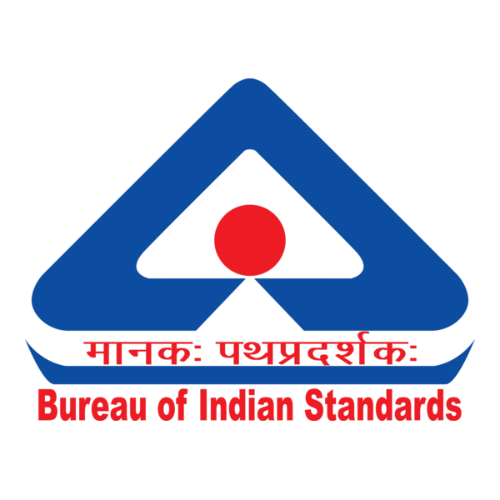 BIS Certification
BIS Certification
 CDSCO
CDSCO
 CPCB
CPCB
 LMPC
LMPC
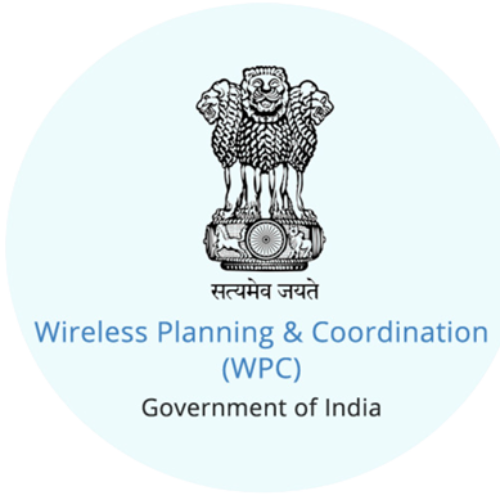 WPC Approval
WPC Approval
 Global Approvals
Global Approvals
 TEC
TEC
 ARAI
ARAI
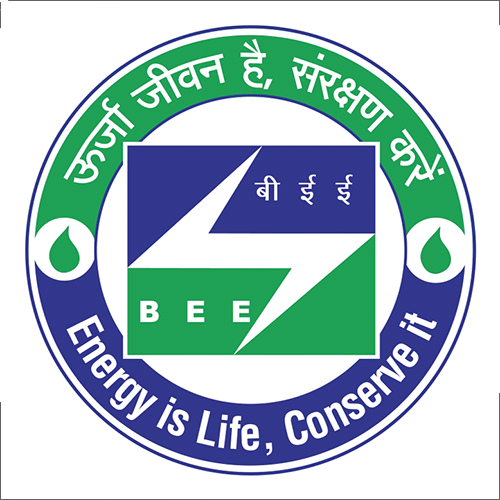 BEE
BEE
 ISO Certification
ISO Certification
 Drone Registration
Drone Registration
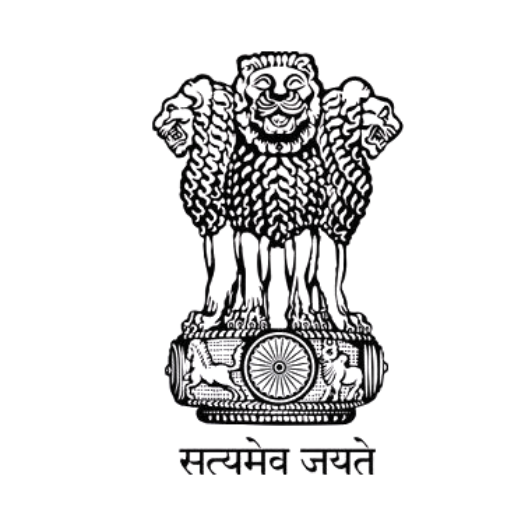 NOC For Steel
NOC For Steel




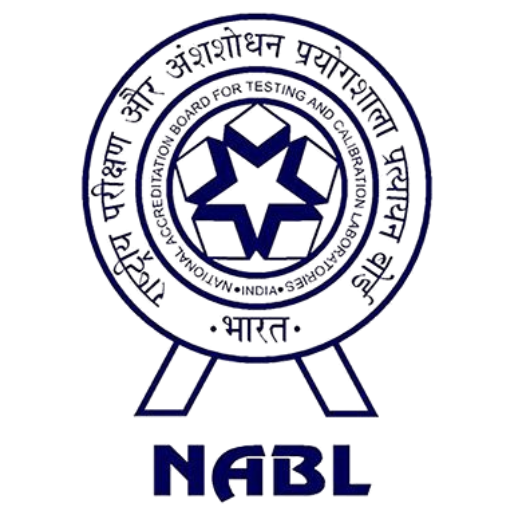
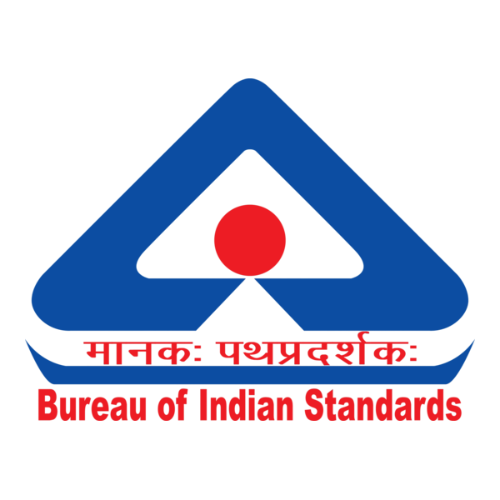






































Some items must be certified before they get released mysteriously made for select goods like cables, switches, cement, gas cylinders, etc.
It ensures electronic products conform to Indian Standards (IS).Covers 70+ products including laptops, phones, adapters, TVs, and batteries.
Hallmarking Certification is mandatory in India for gold and silver jewellery.The BIS 916 Hallmark confirms 22K gold purity.Silver Hallmarking is compulsory for certain grades like BIS 925.
FMCS Mark Certification is a BIS-led approval process that enables foreign manufacturers to sell regulated products in the Indian market.
End-to-end certification and regulatory compliance for Indian and global markets.
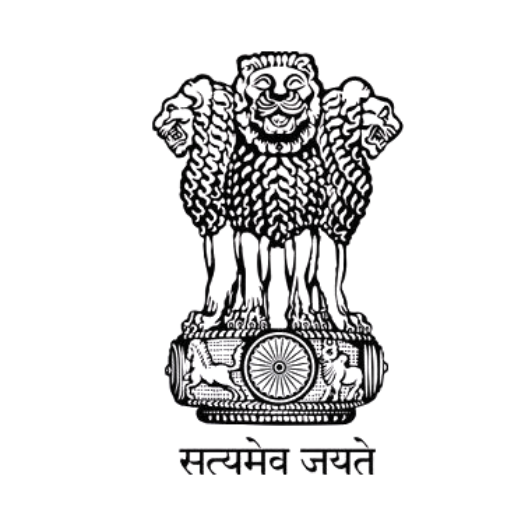 Business Registration
Business Registration

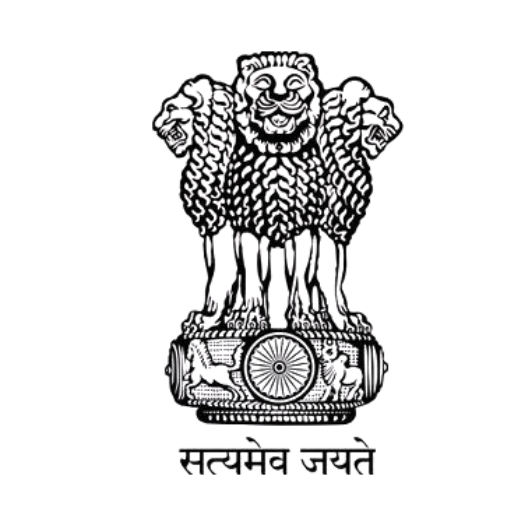
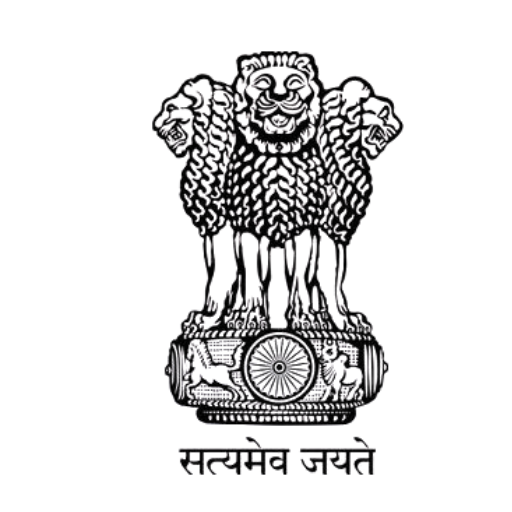
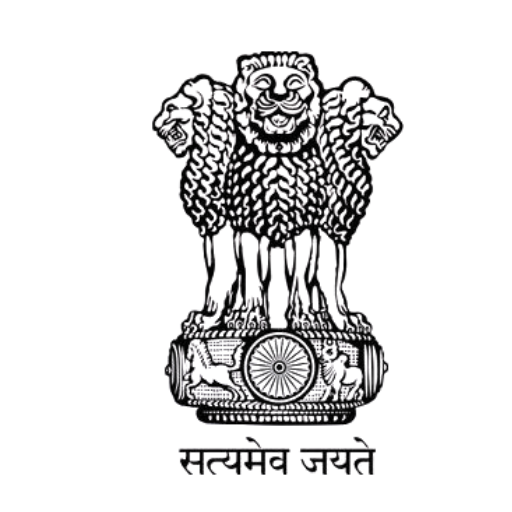



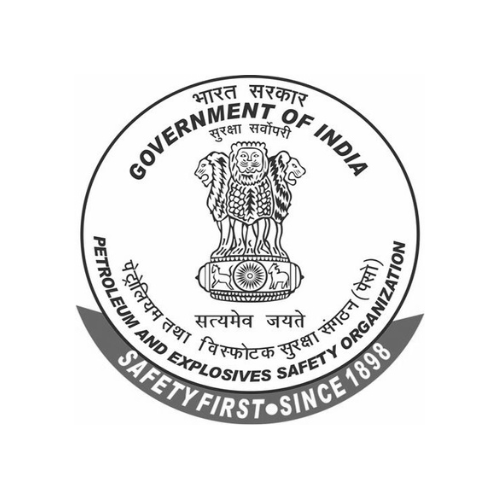

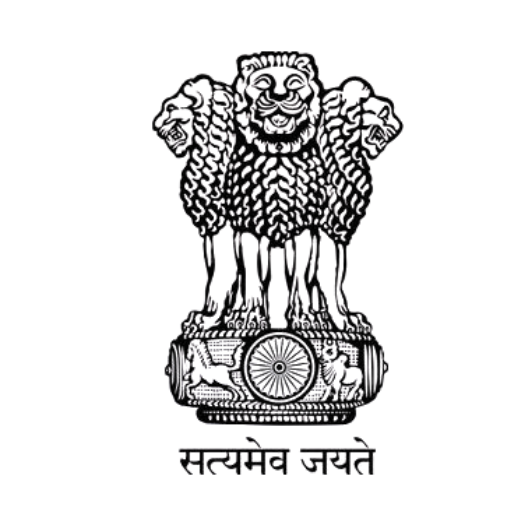
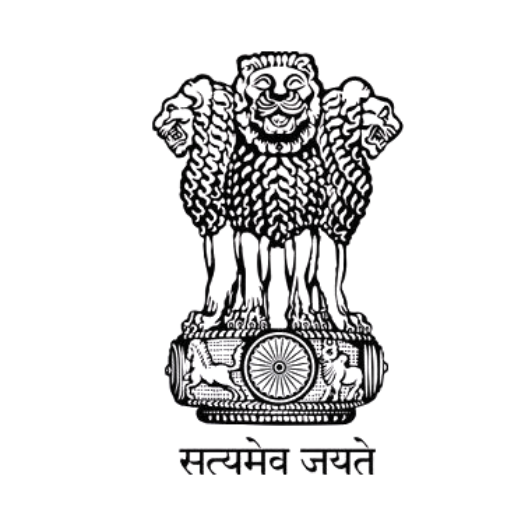
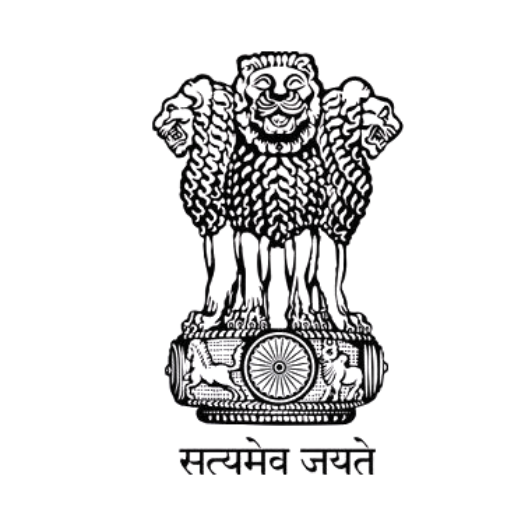


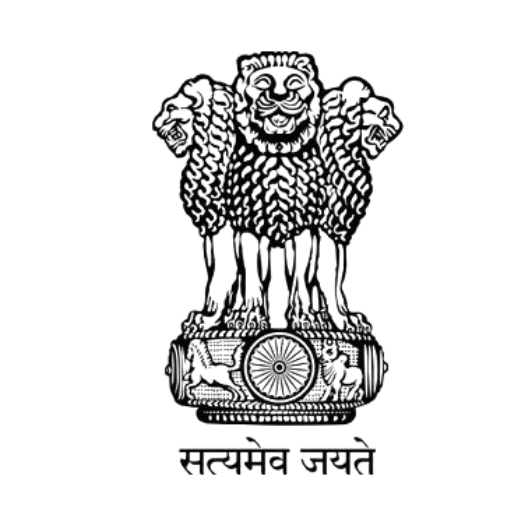
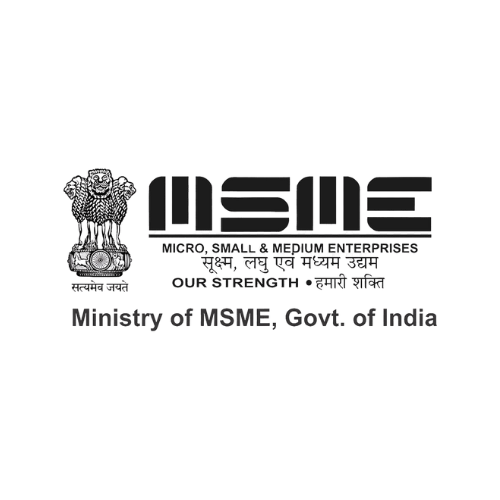


End-to-end certification and regulatory compliance for Indian and global markets.
 Legal Services
Legal Services




























A Divorce Notice is the first formal step taken when one spouse wishes to end a marriage legally. It is a written communication sent to the other partner, stating the intention to seek divorce and often outlining the reasons for separation. This notice not only gives both parties an opportunity to resolve differences before approaching the court but also helps ensure that the legal process begins in a transparent and structured way.
Understanding the meaning, format, and legal requirements of a divorce notice is important to avoid unnecessary delays or disputes. Whether you are planning to draft one yourself or consult a lawyer, having the right knowledge will make the process smoother and less stressful.
A legal notice for divorce is an official communication that one spouse sends to the other through a lawyer. Generally, the notice serves the purposes of:
If there was no notice issued, the spouse may feel dazed in court and set off to create unnecessary escalation.
India’s legal system respects its cultural diversity, including religious personal laws. Divorce law is not uniform but varies by community — Hindus, Muslims, Christians, Parsis, and interfaith couples each follow their respective statutes.
Before filing a divorce petition in court, either spouse may send a legal notice for divorce. This serves as:
For many couples, this stage helps them pause, reflect, and decide whether to end the marriage or attempt reconciliation.
The Indian legal framework provides a clear structure for sending a divorce notice.
An experienced family lawyer ensures the notice is legally valid, sensitive, and fact-based. Drafting without legal guidance risks weakening your position.
The client must share:
The lawyer drafts the notice on official letterhead, including:
The notice is sent via registered post, speed post, or courier. Acknowledgment slip is retained as proof.
It is not enough to pen one’s grievances on paper for a divorce notice; rather, you are creating a professional and legally enforceable form of communication that balances facts as well as sensitivities. Courts in India take a notice that has been properly drafted as it shows that the applicant provided the other spouse due process and fair warning.
Below are the essential points that must be included in a legal notice for divorce:
A properly drafted divorce notice is not accusatory-it is assertive, based on facts, and legally warranted. A poorly worded notice will usually only increase hostility, while a precise, concise, clean draft allows room for negotiation.
Under Section 9 of the Hindu Marriage Act, 1955, the husband can file an application to the court for a restitution of conjugal rights if the wife has left the marital home for no reasonable cause. Prior to filing such a petition, numerous lawyers encourage sending a legal notice to the wife.
A legal notice is usually an application to the wife asking her to come back to the marital home as well as touching on the issues that caused the wife to leave the marital home, and, if considers coming back, how the husband can perhaps help the marriage. If the wife replies affirmatively there is potential the couple can work something out outside of court, and if not, the husband is free to proceed with the petition.
After serving a divorce notice:
When spouses choose to separate, their obligations do not necessarily end with the marriage’s dissolution. Issues such as child custody and alimony are core issues to post-divorce litigation in India, as these issues are II governed both by statutory laws and the public policy ideology of welfare, which ensures that people, especially children, are protected as dependents from the disruption of a marriage.
A divorce notice typically indicates whether there is a claim for custody or maintenance at, or near, the outset of proceedings, which makes it clear to the other party of the claims being sought after the commencement of the proceedings. Let’s consider each part below.
Child custody is one of the most complex issues in divorce. It not only deals with the physical custodianship of the child, but also with their educational, medical and psychological wellbeing as well as their overall development. In India, child custody is determined primarily by the Guardians and Wards Act, 1890 and the personal laws related to each religion.
With regard to children belonging to Hindus, courts deal with custody issues under:
The welfare of the child is the consideration, primarily. Custody is usually given to the mother, for children under the age of five, unless she is found to be unfit.
For children belonging to the Muslim religion, custody is governed by the Guardians and Wards Act, 1890. The principles of hizanat (which would give the mother custody on behalf of younger children) are considered, but it is ultimately at the court’s discretion with the child’s welfare being the foremost consideration.
With respect to the custody of Christian children, we apply the Indian Divorce Act, 1869, in conjunction with the provisions of the Guardians and Wards Act, 1890. Courts even have the power to deny custody to both parents, in the event they are not deemed fit to have custody, and appoint a guardian for the children instead.
For Parsis, child custody follows the same approach as for Muslims and Christians, under the Guardians and Wards Act, 1890. Again, the test of the “best interests of the child” governs every decision.
In practice, many lawyers will ensure that the demands for child custody are plainly apparent in the divorce notice so that the other spouse is made clear as to the custody claims early on. This allows the spouse will have an opportunity to negotiate custodial arrangements before they enter court.
India has a secular law, but also recognizes the personal laws of various religions. Divorce follows five different legal statutes to reflect this diversity:
India’s modern plural law jurisdiction protects all religions under the law and under the protection of the Constitution.
We understand divorce is about people, feelings, and dignity, not just legal processes. The choice of a legal documentation partner can make all the difference.
Here are reasons why clients across India trust us:
When you select Diligence Certifications, you are choosing clarity, compliance, and care.






















Not mandatory, but advisable. It shows good faith and attempts at reconciliation before approaching court.
Yes, through digital legal platforms with lawyer-verified documents and secure delivery. Courts accept such notices if authenticity is proven.
Generally, 15–30 days. If no reply is received, you may proceed with filing petition.
You can file the divorce petition. Non-response becomes part of case records.
Yes, lawyers often include custody demands to set expectations early.
Your lawyer can draft the notice requesting restitution of conjugal rights under Section 9 of the Hindu Marriage Act.
Yes. Either spouse may initiate by sending notice through a lawyer.
Poorly drafted notices may weaken your case. Always use an experienced lawyer.
Yes, it is advisable to include financial claims upfront to aid settlement.
No—the format remains the same. What differs is the law under which the divorce petition will eventually be filed.

